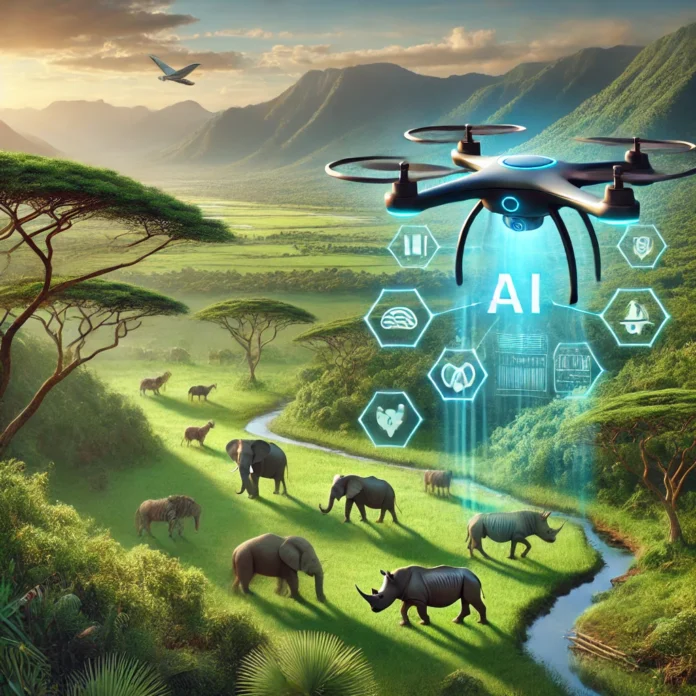Wildlife conservation is a race against time as species across the globe face threats from habitat destruction, climate change, poaching, and pollution. Traditional conservation methods, while vital, often struggle to keep pace with the magnitude of these challenges. Enter Artificial Intelligence (AI)—a transformative technology that is revolutionizing the way conservationists monitor, protect, and study endangered species. With its ability to process vast amounts of data and detect patterns invisible to the human eye, AI offers promising solutions to safeguard biodiversity.
AI’s Role in Wildlife Monitoring
Monitoring wildlife populations is essential for conservation, but it is often labor-intensive and expensive. AI-powered tools are changing the game by automating data collection and analysis.
- Camera Trap Monitoring: Conservationists use camera traps to capture images and videos of wildlife in their natural habitats. AI algorithms, such as those employed by tools like Wildbook, can analyze these images, identify species, count individuals, and even recognize unique animals through pattern-matching techniques, such as a zebra’s stripes or a tiger’s stripes. This streamlines data processing and provides accurate population estimates.
- Acoustic Monitoring: AI is also being used to analyze sounds from forests and oceans. For example, tools like Rainforest Connection’s Guardian employ machine learning to identify the calls of endangered species or detect chainsaw noises that signal illegal logging. This allows real-time responses to threats and better understanding of animal behavior.
Preventing Poaching with AI
Poaching is one of the most critical threats to endangered species like elephants, rhinos, and pangolins. AI-powered surveillance systems are helping combat this problem.
- Predictive Analytics: AI systems, such as those developed by PAWS (Protection Assistant for Wildlife Security), analyze patterns in poaching activities and predict where future incidents are likely to occur. Conservationists can use this information to deploy rangers strategically, optimizing resources and increasing the chances of intercepting poachers.
- Drone Surveillance: AI-equipped drones patrol vast wilderness areas, capturing real-time footage that is analyzed to detect suspicious activity. These systems can differentiate between poachers, wildlife, and other human activities, ensuring precise responses without wasting resources.
AI in Habitat Restoration and Climate Adaptation
Preserving endangered species requires protecting and restoring their habitats. AI assists in mapping ecosystems, monitoring deforestation, and predicting the impact of climate change on biodiversity. For instance, AI models can simulate future scenarios to identify regions most vulnerable to climate-induced habitat loss.
AI tools like Google’s Earth Engine are used to process satellite imagery and detect illegal land use, such as logging or mining in protected areas. This real-time data helps conservation organizations take swift action to protect critical habitats.
Challenges and Ethical Considerations
Despite its potential, AI in wildlife conservation faces challenges. The technology often requires high-quality data, which is not always available in remote or underfunded regions. Additionally, the cost of implementing AI systems can be prohibitive for small conservation organizations.
Ethical concerns also arise regarding surveillance. While monitoring wildlife is essential, using AI to track human activities must be carefully regulated to avoid infringing on local communities’ rights and privacy.
Conclusion
AI is proving to be a powerful ally in wildlife conservation, offering innovative ways to monitor species, combat poaching, and restore habitats. While it cannot replace human efforts, it significantly enhances conservationists’ ability to protect endangered species. By combining AI with traditional methods, we stand a better chance of preserving biodiversity and ensuring the survival of the planet’s most vulnerable species.





